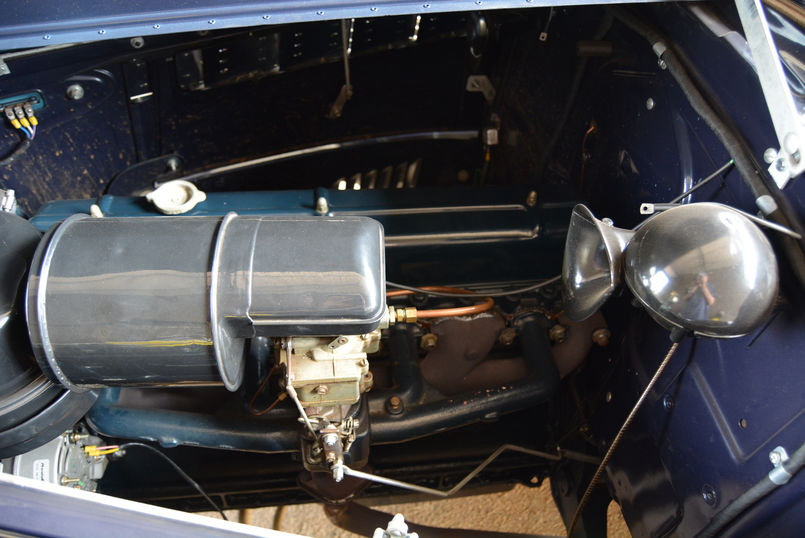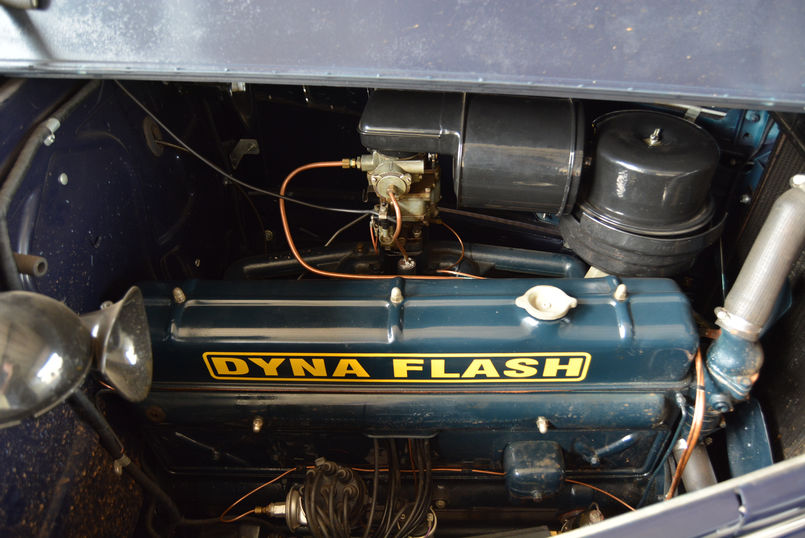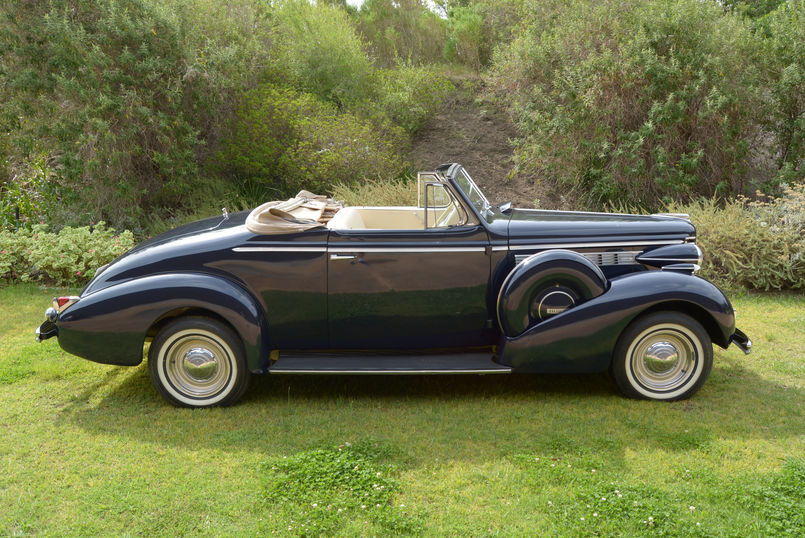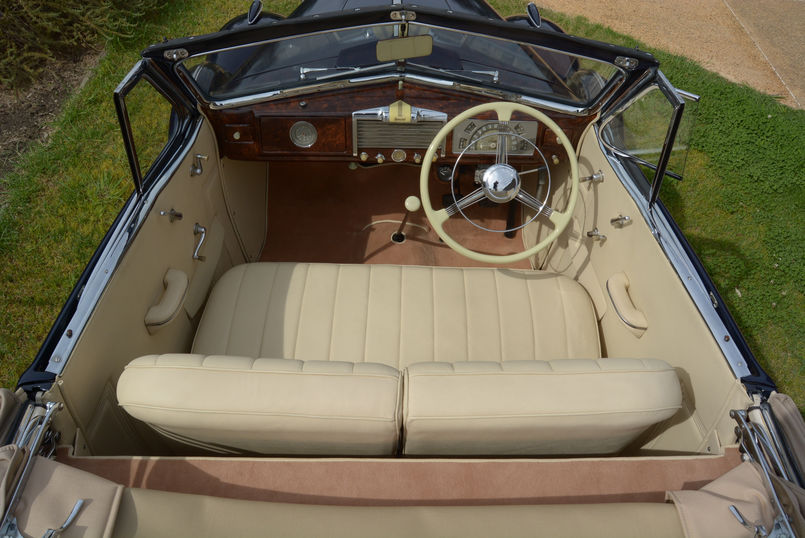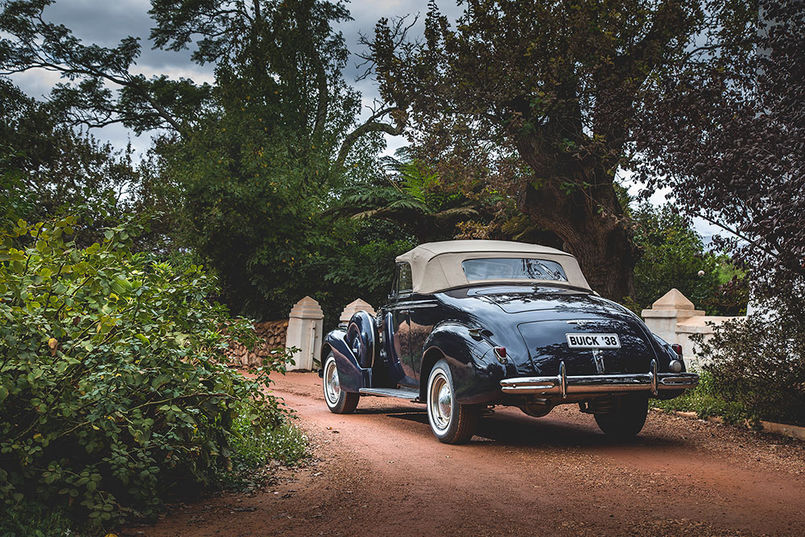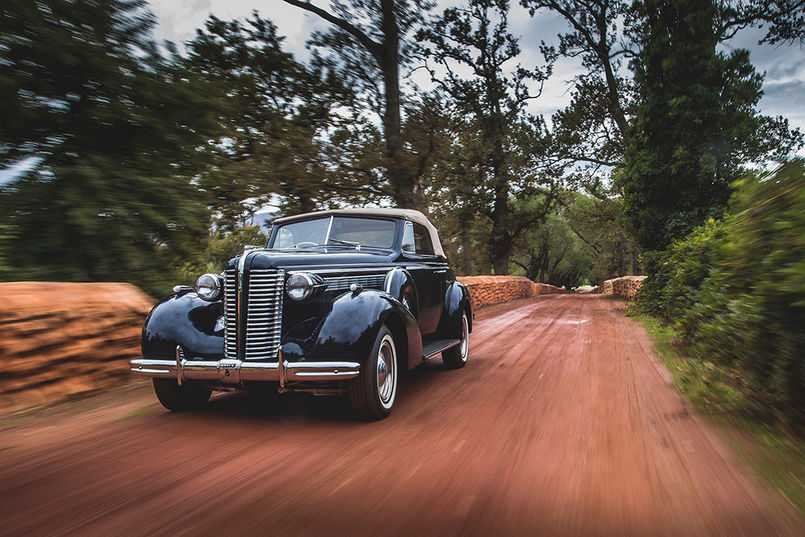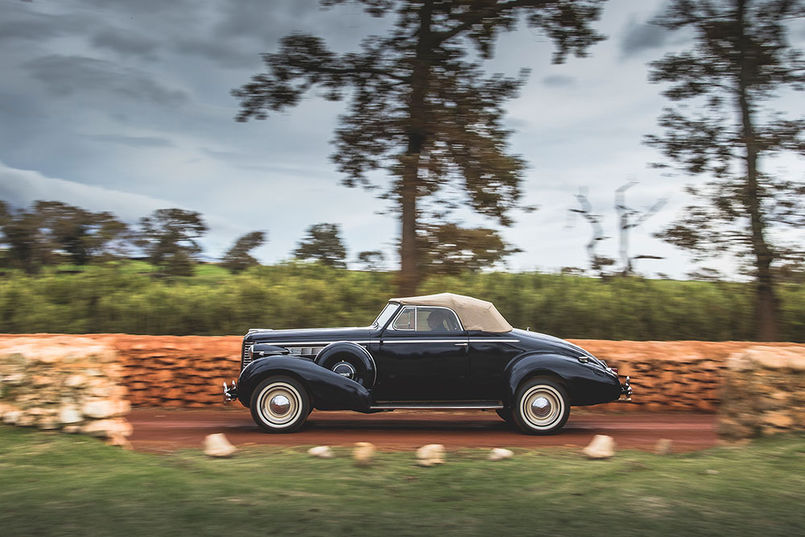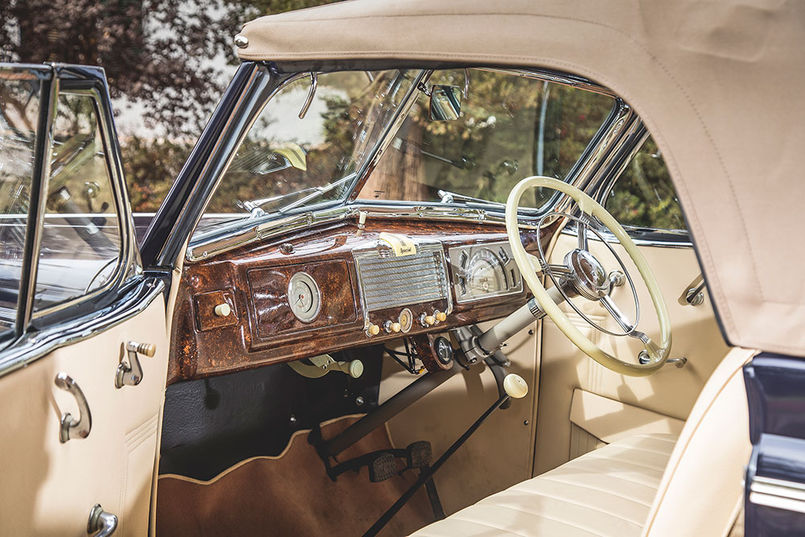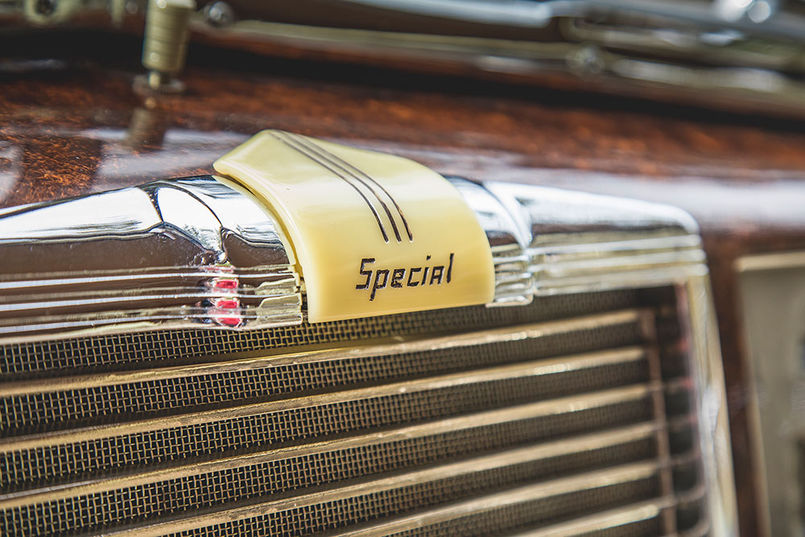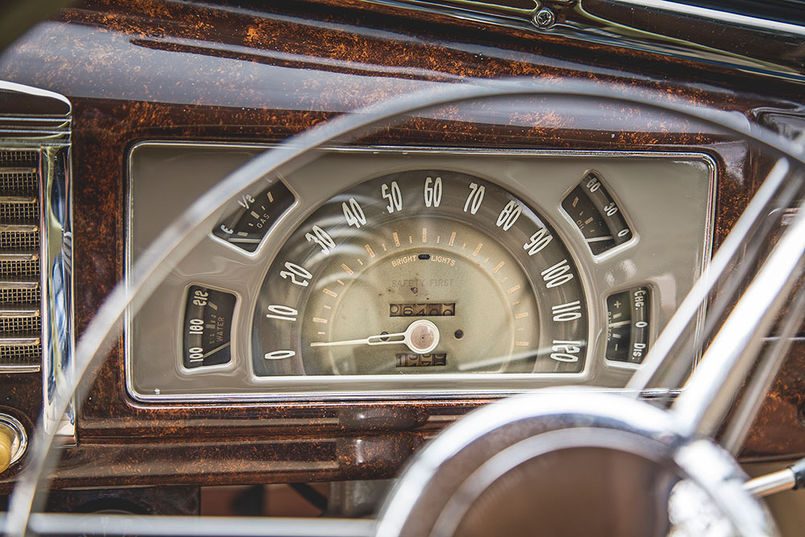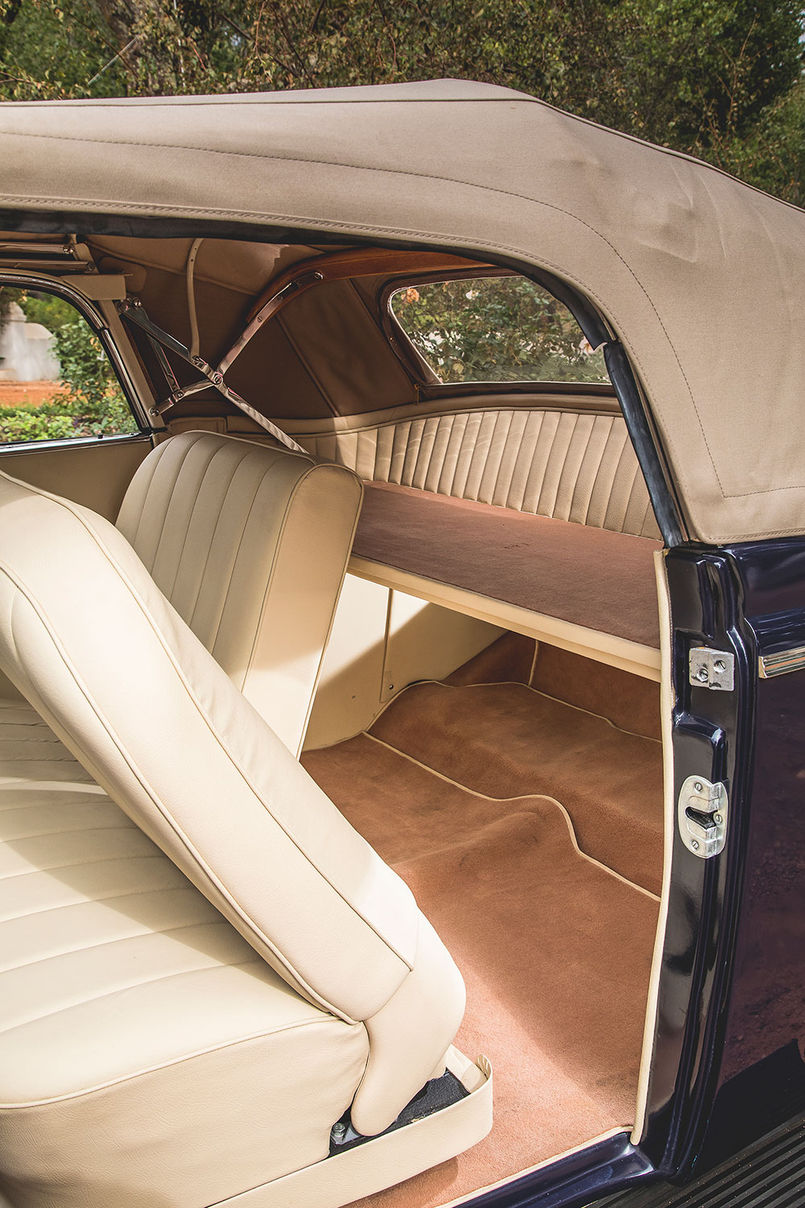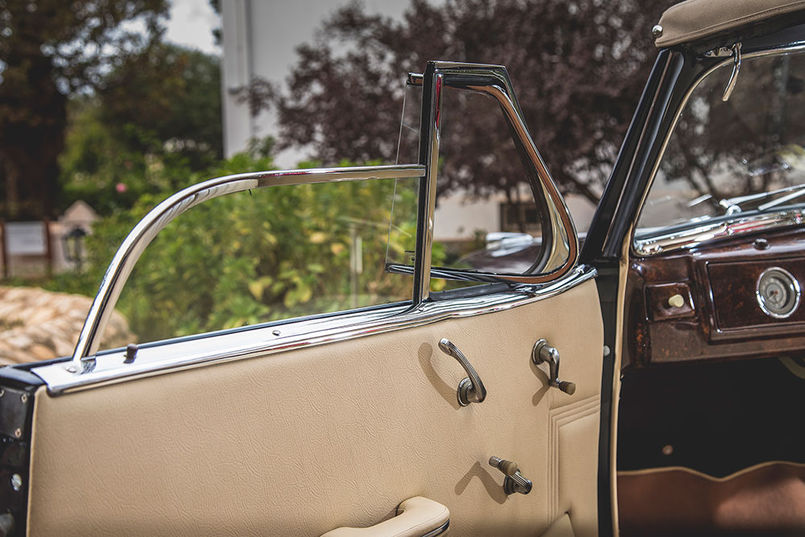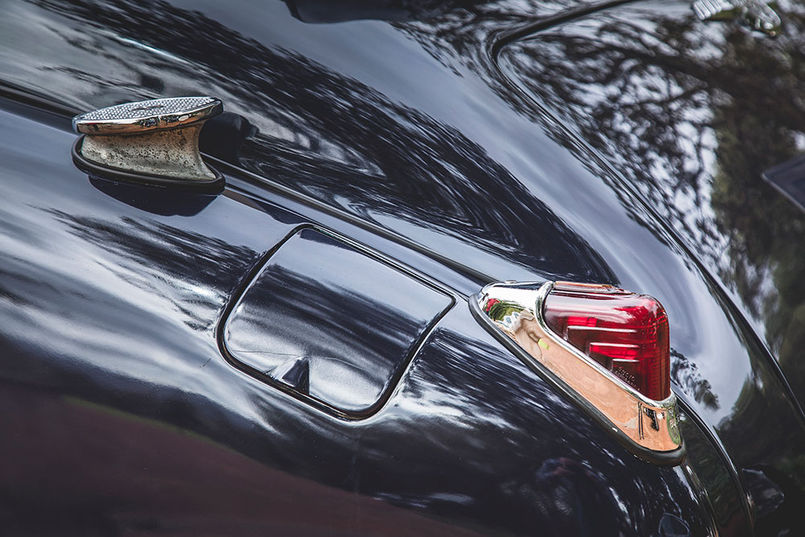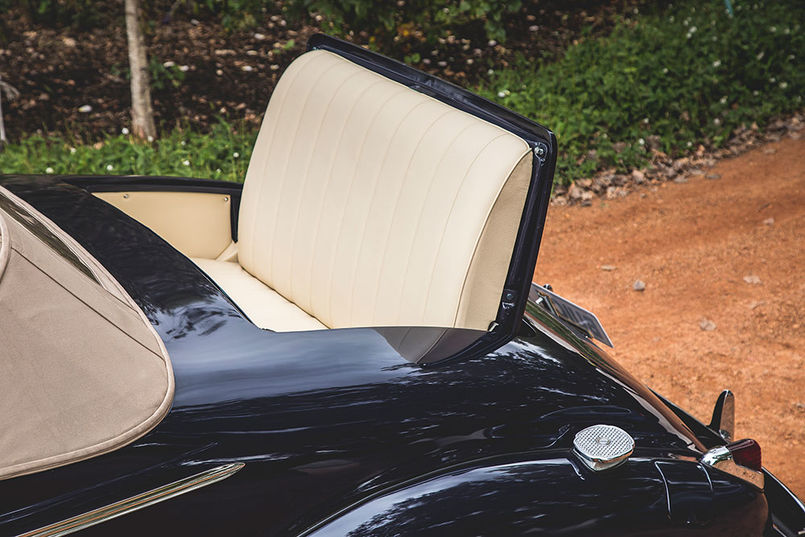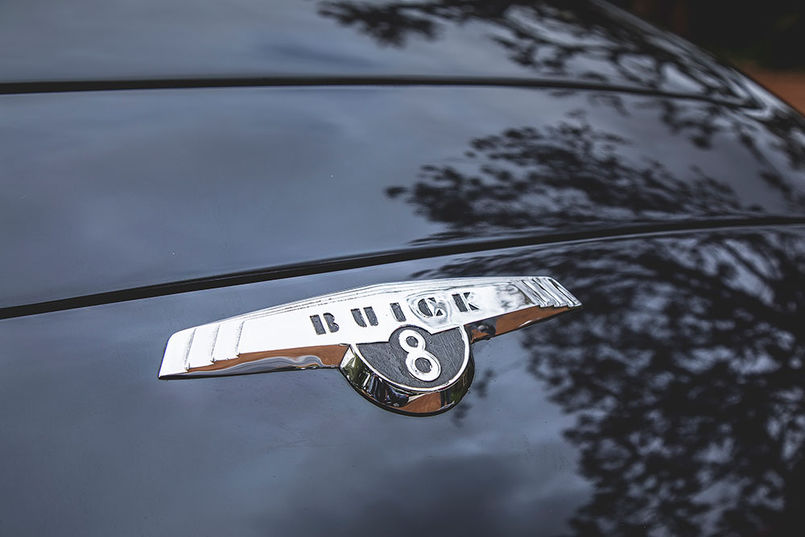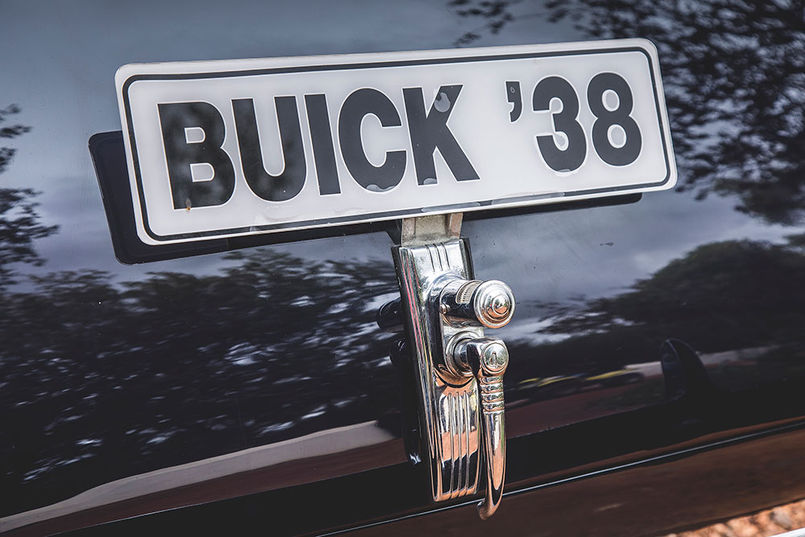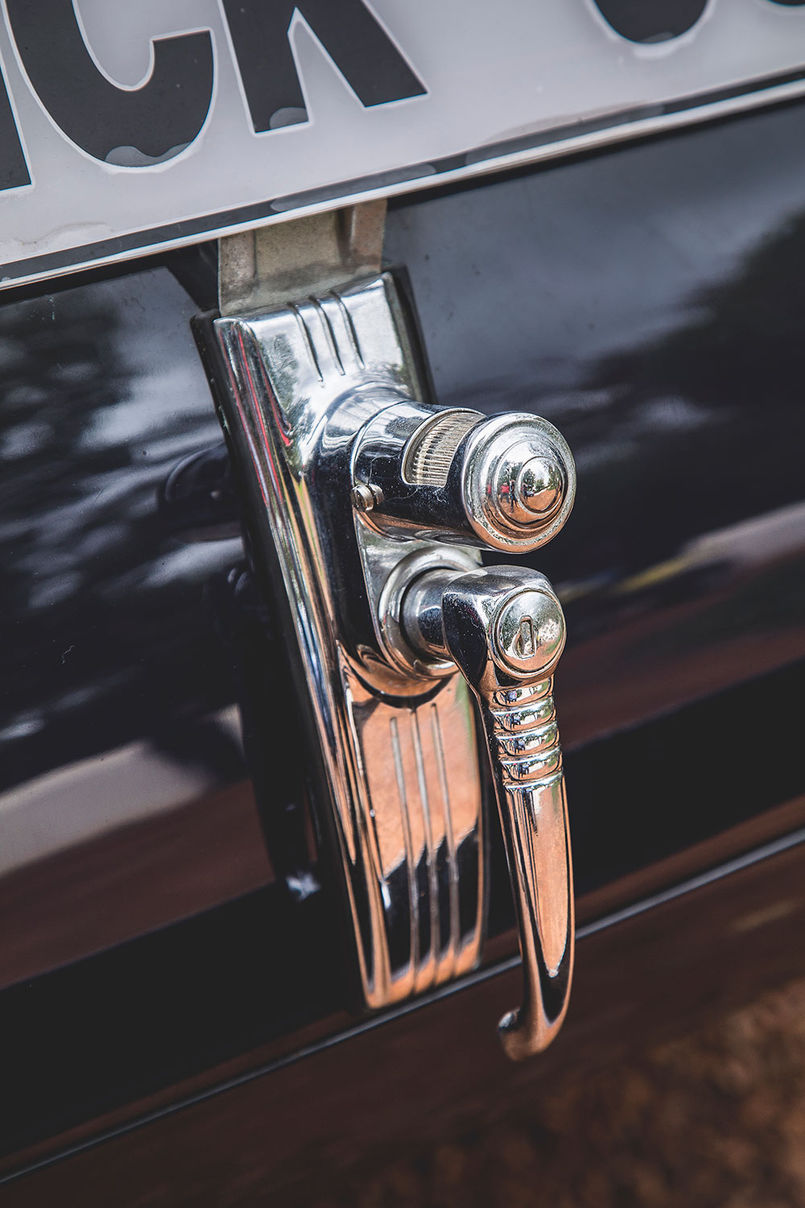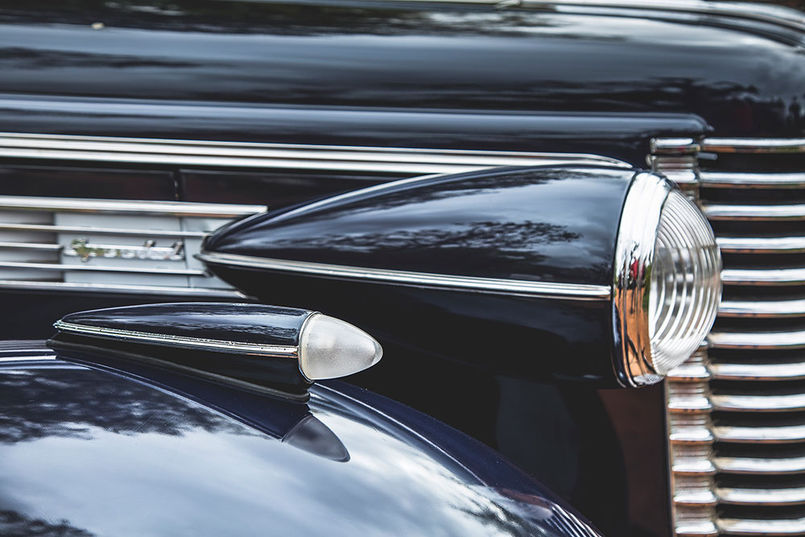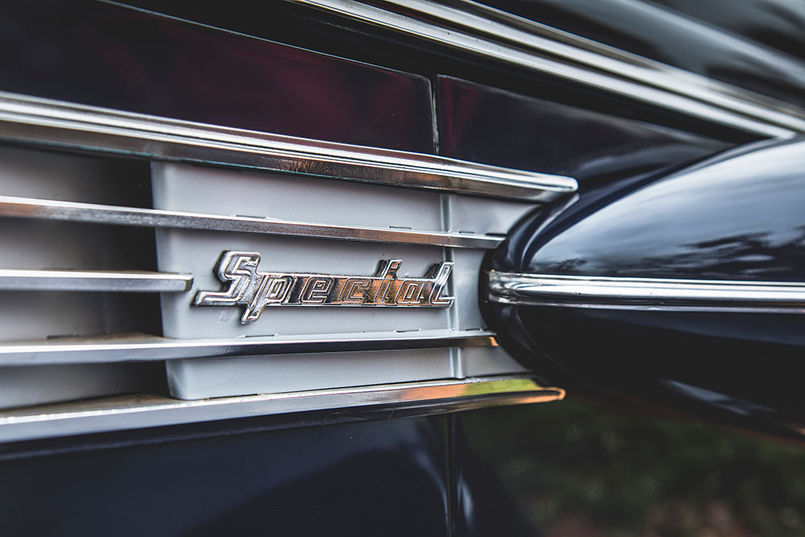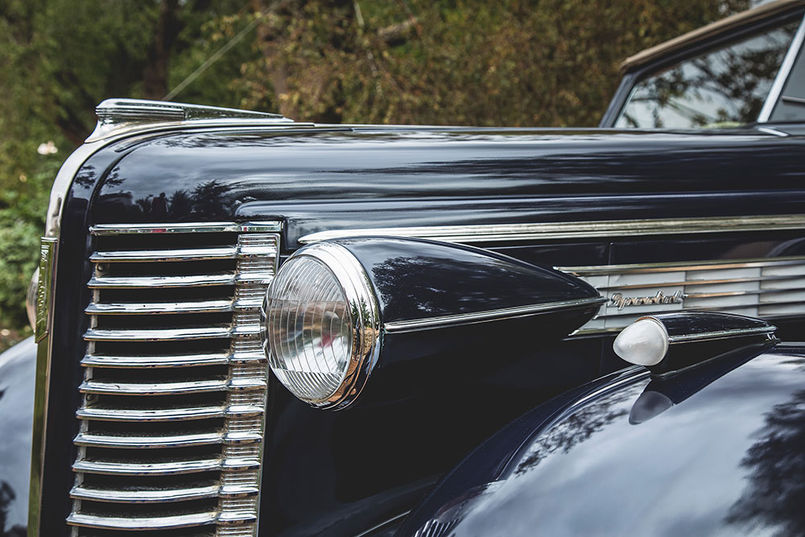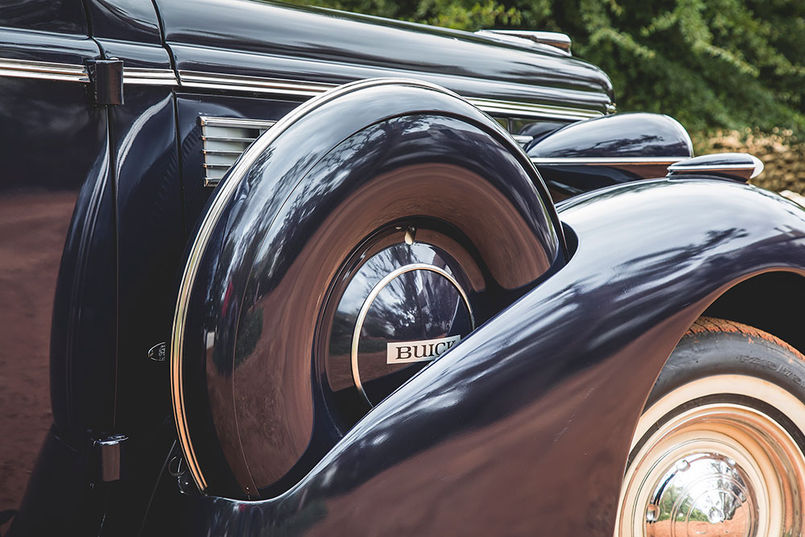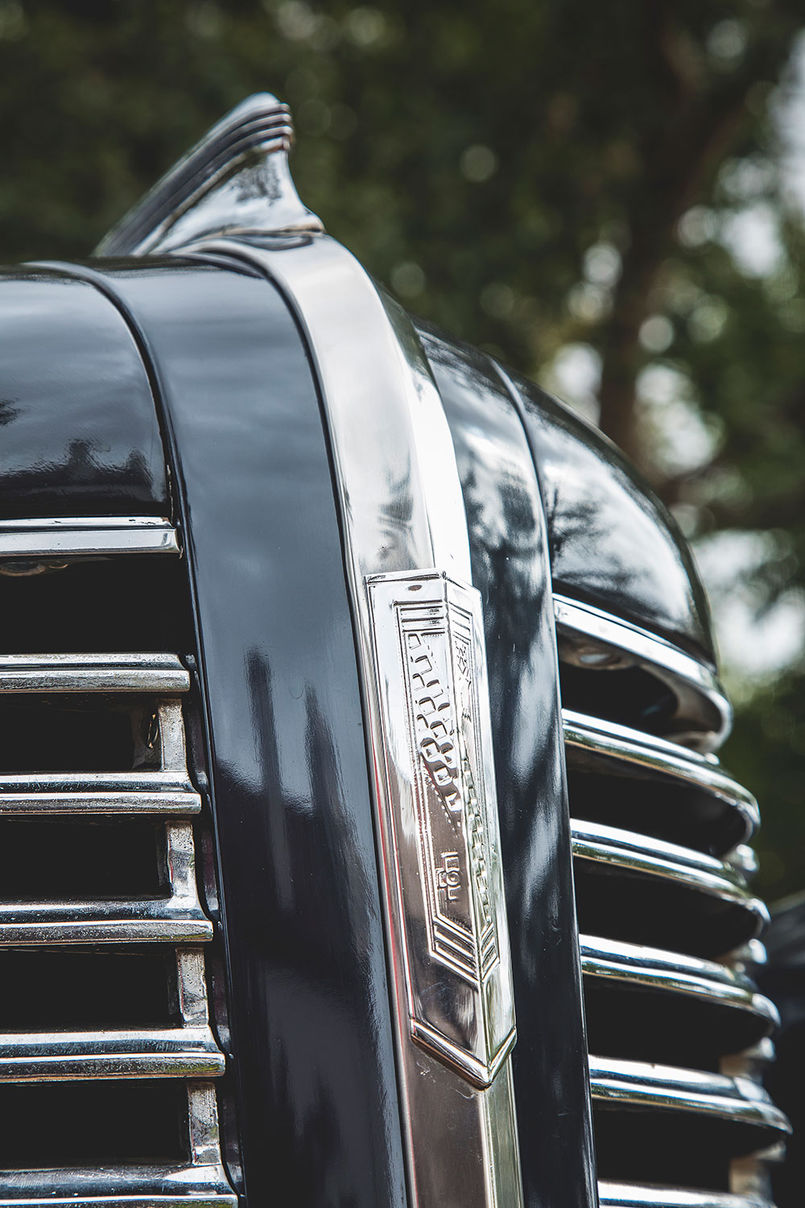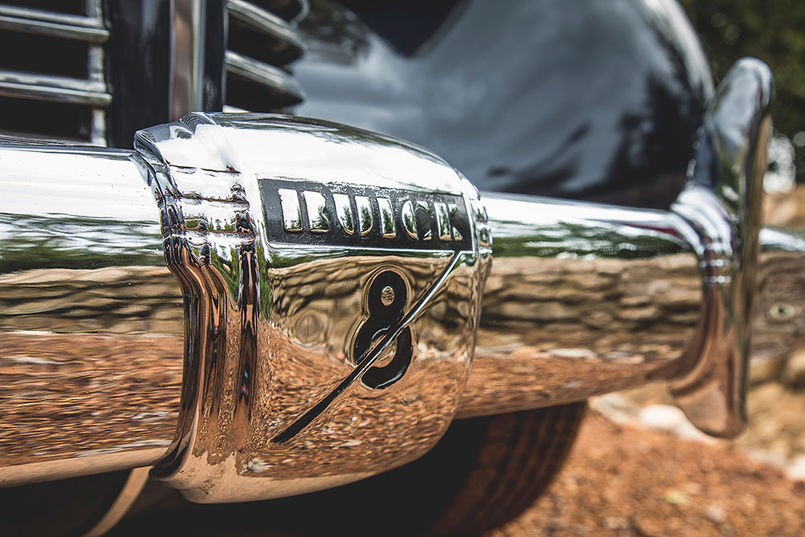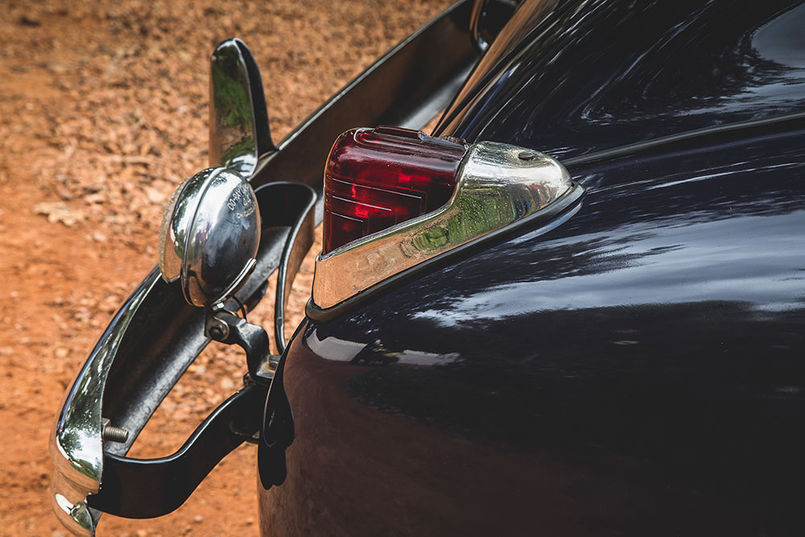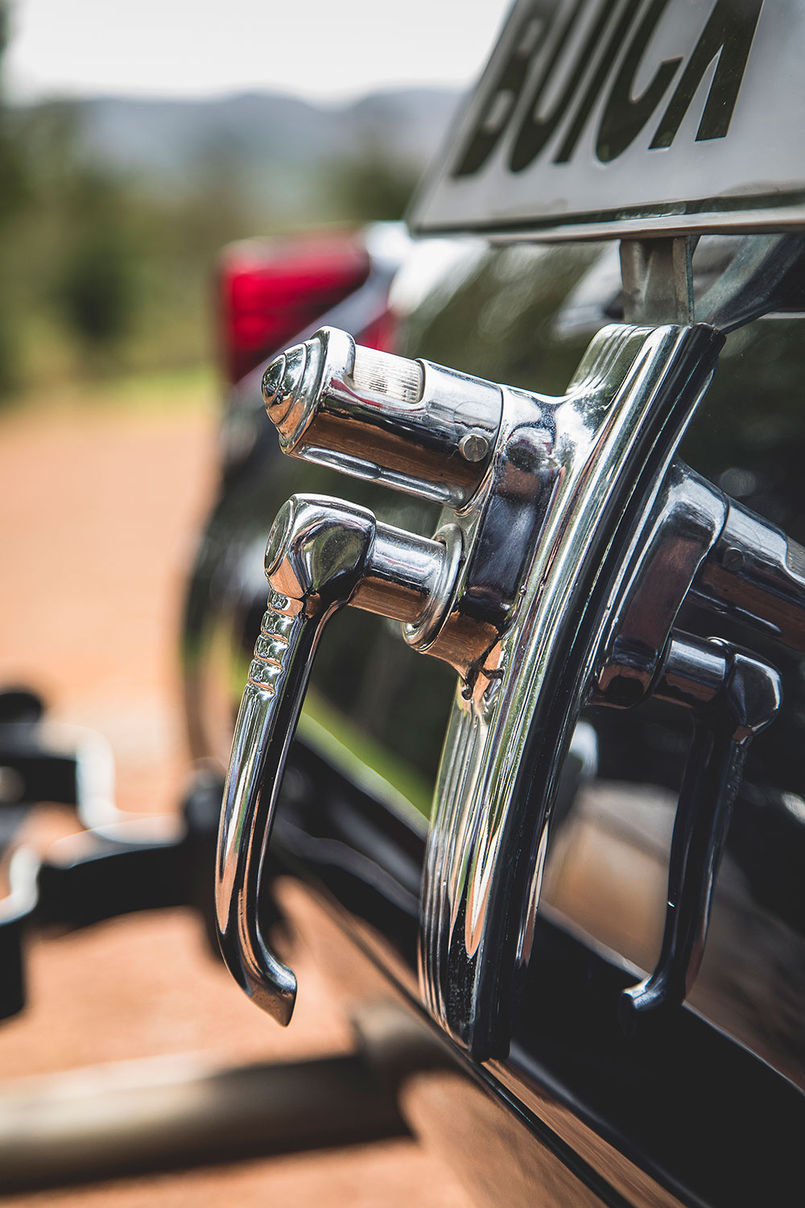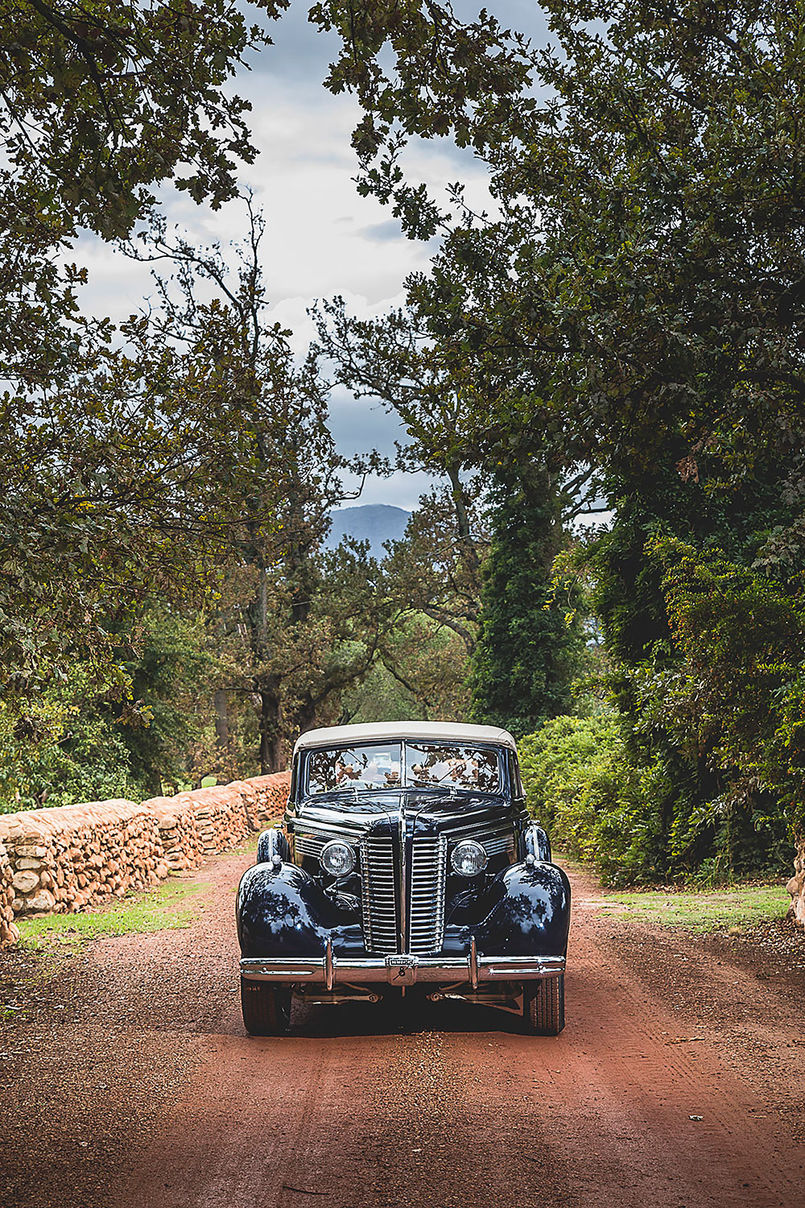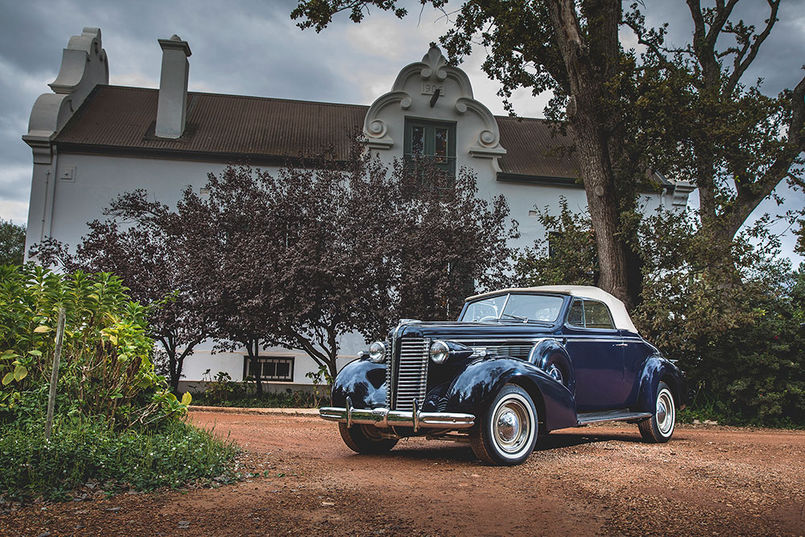
28 Jul Collection in action: Buick
Mike Monk drives a Buick entry-level model that helped turn the company’s fortunes around in America’s post-Depression era…
Buick was one of America’s earliest manufacturers and a ground-breaking contributor to the automobile world. Like many other pioneering manufacturers, its history contains ups and downs for reasons both self inflicted and outside its control, one of the most famous taking place in 1936.
Founded by David Dunbar Buick, the company’s origins date back to 1899, first under the name of the Buick Auto-Vim and Power Company, and then as the Buick Motor Company from May 1903. In 1904, Buick was the first company to offer an overhead-valve engine, which was originally designed by chief engineer Walter Marr but patented in the name of Buick by his replacement Eugene Richard. The same year, Buick established itself in Flint, Michigan, but the company ran short on capital, so in stepped millionaire William C Durant as a controlling investor and general manager. Durant spent the next four years turning Buick into the biggest-selling automobile brand in the US.
After garnering 1 100 orders at the 1905 New York Automobile Show, Durant promoted the brand and by 1908, Buick was the best-selling automobile in America, outstripping earlier leaders Ford, Cadillac and Oldsmobile. Fuelled by this success, Durant then founded General Motors Holding Company in September 1908, and the following year bought Cadillac, Oldsmobile and Oakland (later called Pontiac), along with numerous parts, paint, varnish, axle and wheel manufacturing companies, and merged them with GM. The General had taken charge…
But back to Buick and, more specifically, the model featured here. In 1929, as part of GM’s corporate rationalisation programme – it was a bit more than just ‘badge engineering’ – Buick launched the Marquette brand to bridge the price gap between Buick and Oldsmobile, but this turned out to be a one-year flop. (FMM’s Marquette was featured in last month’s newsletter.) And the US stock market crashed. Coupled with the unpopular bulbous-looking Buick models, the company badly needed a boost and it was the stylish and compact 1930 six-cylinder Series 40 that did just that. It was the base model in the model line-up and provided the platform upon which Buick’s existence took an up-swing.
Although the model’s role was replaced by the Series 50 for the next couple of years, when the Series 40 re-emerged in May 1934, it caused something of a sensation. In 1933, Buick production accounted for only 2,9% of the industry, but following the appointment of Harlow ‘Red’ Curtice as general manager that year, sales rose steadily from 1934 to the outbreak of WW2, by which time Buick’s share was up to 8,8%.
Built on a slightly longer wheelbase than that of the Series 50, the Series 40 now boasted Buick’s eight-cylinder ‘Fireball 8’ engine, weighed less and, crucially, was less expensive. By now the model featured a synchromesh gearbox with helical gears, and automatic starting. There was also an octane selector that altered the spark timing so that standard or premium fuel could be used. For 1935 there was little significant change save for the adoption of dual windscreen wipers.
Then the 1936 Series 40 was introduced, which, for the first time in Buick’s history, took on the additional moniker of Special, rather than relying on a series number. Its arrival earned the universal accolade of being the model that began a Buick Renaissance. Its stylish Harley Earl influenced Art Deco looks incorporated ‘Turret Top’ bodywork (so-called because of the insert-less steel roof), rakish V-shaped windscreen, bullet-shaped headlights and twin tail-lights (!) while mechanically the independent front suspension was improved and hydraulic brakes were fitted. The cast-iron block, straight-eight, overhead valve 233 ci (3 818 cm3) engine boasted aluminium pistons, and a better water cooling system was adopted. Gearbox was a three-speed manual with a floor shift.
Initially, the Specials rode on a 118-inch (2 997 mm) wheelbase, but for the next model year this was increased to 122 inches (3 098 mm). The entire Buick line was restyled for 1937 by Frank Hershey, a rare move after only one year, but Curtice was breaking all the rules. The headlight shape was more graceful, and the centre section of the die-cast vertically-divided grille was painted to match the body colour. Overall height was lowered but the floor was dropped to compensate and actually increase interior headroom. The engine, now tagged ‘Dyna Flash’, was increased in capacity to 248 ci (4 064 cm3) that helped raise peak power to an even 100 hp (74,6 kW) at 3 200 r/min. Other changes included modified inlet valves along with quieter-operating valve gear, an oil pump was fitted, and the cooling system was again improved.
For 1938 model year, the rear suspension benefitted with the ground-breaking adoption of coil springs, and a redesigned channel section (rather than I-beam) chassis X-member was introduced. The shape of the fender-mounted side-lights now mirrored that of the headlights. Moving the battery to under the bonnet followed a new trend amongst the manufacturers. A higher compression ratio helped increase peak power to 107 hp (79,8 kW) at 3 400 r/min.
Franschhoek Motor Museum’s Buick Series 40 Special is a 1938 Convertible Coupé (style number 46C), one of eight body styles on offer at the time – and one of the rarest, as only 2 473 were produced out of 130 838 Specials built during the model year. It certainly is an attractive, flowing design with some interestingly detailed brightwork, and this car’s dark blue paintwork topped by a beige fabric hood adds a touch more elegance and it has the optional spare wheel carrier in each front fender.
It is spacious inside with only a mild propshaft tunnel running through the cabin. There is enough fore-aft seat adjustment to cater for most body sizes. The polished wood-effect dashboard is stylish with a smattering of ’30s bling, and the sprung three-spoke, steering wheel is not overly large. Despite the relatively small glasshouse, the view forwards and to the sides with the hood erect is fine. The backrest of the full-width front seat is split and each half tilts forward to give access to a large storage space under a fixed shelf, the storage space doubling up as the footwell for the dickey-seat. Getting into the dickey-seat is not so easy; the back rest folds out from the rear bodywork and, typically, there is a single foot plate on the passenger side fender, but it is quite a high knee-bend to step onto. Once aboard, it is a tight but comfy fit for two with a panoramic view.
To the uninitiated, starting the car is fascinating inasmuch that you turn the key and a small lever pops out from the switch housing. Turn the lever and the ignition is on. Simply press the accelerator and the straight-eight gently rumbles into life: it makes starting up a bit of an occasion.
As its 1 625 kg kerb weight suggests, the Buick feels as solid as it looks. The long, straight gear lever selects the gears easily enough while the steering is naturally on the heavy side. But with coil springs all round, ride quality is excellent and the anticipated lean through corners is controlled and far from severe. Performance is best described as leisurely, but then when cruising the highways with the hood down – the folding mechanism is complex – speed is not the key, especially if there are passengers sitting high-up in the dickey.
The name Special represented Buick’s entry-level model for many years, but by 1970 was no longer offered as a standalone model, rather being used for the entry level derivatives of the 1975-70 and 1991-96 Century models. However, the 1930s Series 40 Special did a lot to secure Buick’s existence in the between-war years, and helped the company survive, so that today it stands proud as one of the world’s oldest motor car brands.
